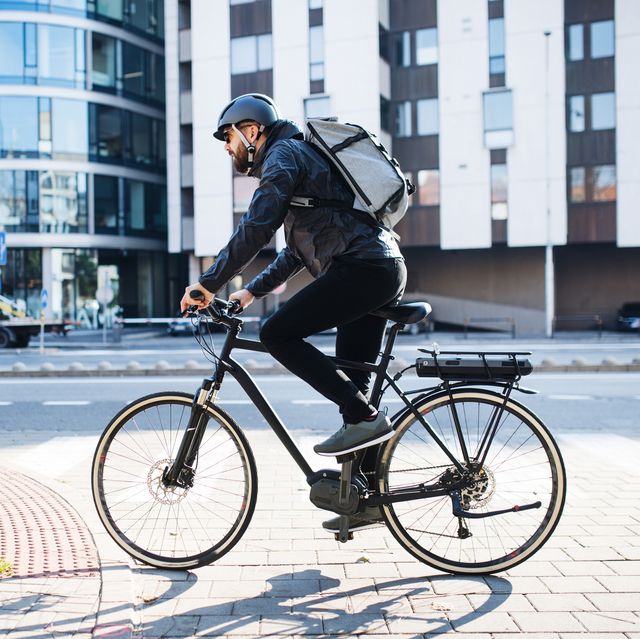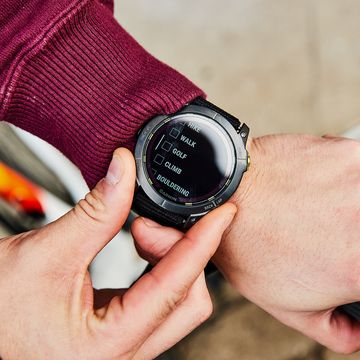If you’re just tuning in, the National Transportation Safety Board (NTSB) recommended last year that all 50 states adopt laws mandating bicycle helmet use for adults.
There’s a huge problem with that: It actually makes streets less safe for cyclists. I have worked for two organizations dedicated to keeping cyclists safe—Transportation Alternatives and Families for Safe Streets—and we directly oppose these laws.
According to the Governors Highway Safety Association, 21 states, the District of Columbia and the Northern Mariana Islands have a helmet law for bicyclists below a certain age, generally about 16.
Of course, we encourage riders to wear helmets and take safety precautions while cycling. But when cities mandate and enforce helmet usage, evidence suggests a series of negative consequences to riders and ridership.
We have seen over and over again that the following outcomes result from even the best-intentioned mandatory helmet laws:
- A reduction in the number of cyclists on streets;
- Financial struggle for popular bike sharing systems; and
- More exposure among vulnerable populations to unnecessary interactions with police.
When the Australian cities of Melbourne and Brisbane mandated helmet use, it actually made streets less safe for cyclists. The number of people riding bikes dropped precipitously, which reduced the “Safety in Numbers” effect.
Safety in Numbers is a straightforward concept: More people on bikes creates safer conditions on our streets. The National Association of City Transportation Officials (NACTO), which represents professional planners from 81 cities from around the United States, pointed this out in their own pushback on NTSB’s recommendations.
As far as killing bike share systems, look no further than Seattle, Washington. After they implemented similar policies, their bike share system floundered. The same has been seen in cities across Australia.
Lastly, we know these “quality of life” laws are disproportionately enforced in communities of color and in lower income communities. In Austin and Dallas, Texas, for example, mandatory helmet laws were either repealed or changed after disturbing racial disparities became evident based on who was ticketed for not wearing a helmet. In Tampa, Florida, nearly 80 percent of bicycling-related citations issued by police during a three-year period were to African-Americans, even though African-Americans made up only 25 percent of the population. And in New York City, racial disparities in criminal summonses for bicycling-related offenses led The Village Voice to describe them as “the new stop-and-frisk” in 2014.
As advocates for safe streets, Transportation Alternatives and Families for Safe Streets continue to encourage voluntary helmet usage and allow data and experience to be our guide when it comes to mandatory adult helmet laws. Right now, with nearly 40,000 people killed on American roads every year, that means we need to keep our leaders’ attention focused on structural reforms like complete street redesigns, which are proven to make our public spaces safe for everybody, whether they are walking, biking, taking transit, and yes, driving too.
The unfortunate truth is mandatory helmet laws simply don’t lead to their purported goal, which is to make streets safer. In fact, and perhaps counter-intuitively for many of us, the opposite remains the case across a growing number of cities around the world.
Thomas DeVito was formerly the Senior Director of Advocacy at Transportation Alternatives. He promotes people-oriented cities through grassroots activism and practical research.












